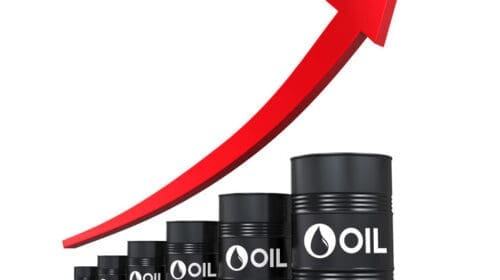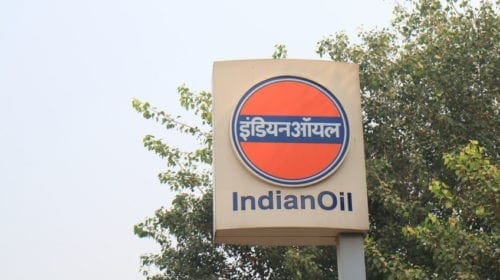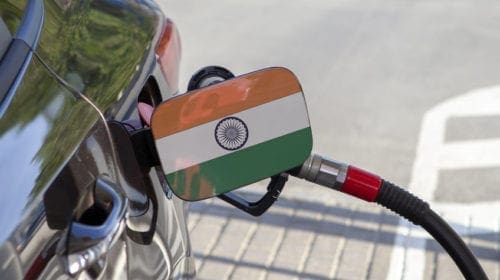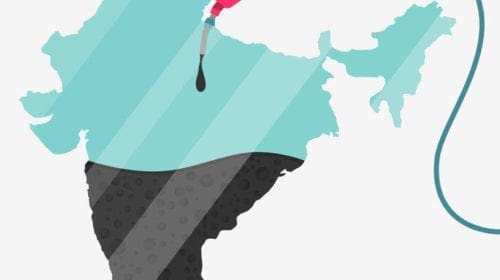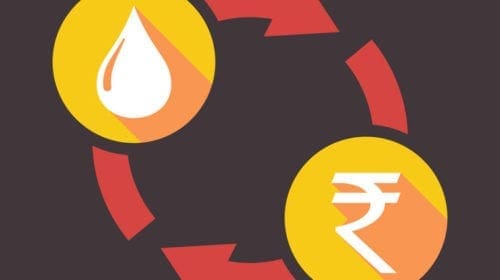India’s top refiner, Indian Oil Corporation Limited (IOCL), has reportedly announced that it will assess the implications of the U.S. sanctions if Iran would invest in the Rs 357 billion (US$ 5.14 billion) expansion of its subsidiary Chennai refinery.
Indian news agency Press Trust Of India (PTI) has reported that IOCL plans to pull down the 1 million tonnes per year Nagapattinam refinery of its subsidiary Chennai Petroleum Corporation Limited (CPCL) and build a brand new 9 million tonnes unit in the next five to six years.
The news agency quoted IOC Chairman Sanjiv Singh as saying that National Iranian Oil Co (NIOC), which holds 15.4 percent stake in CPCL, is keen to participate in the expansion project.
The company claims that CPCL is a world-class refining company with a dominant presence in South India. CPCL, formerly known as Madras Refineries Limited (MRL), was formed in 1965 as a joint venture between the Government of India (GOI), AMOCO and National Iranian Oil Company (NIOC). Subsequent to AMOCO’s and GOI’s disinvestment in 1985 and 2001 respectively, CPCL became a group company of Indian Oil Corporation Limited (IOCL).
In 1969, CPCL set up its first Refinery in Manali, Chennai in Tamil Nadu state with an installed capacity of 2.5 MMTPA in a record time of 27 months. CPCL now has two refineries with a combined refining capacity of 10.5 MMTPA. The Manali Refinery has progressively increased its refining capacity to the current level of 9.5 MMTPA and is one of the most complex refineries in India and produces Fuels, Lubes, Wax and Petrochemical feedstocks. CPCL’s second Refinery is located at Cauvery Basin in Nagapattinam. This unit was initially set up with a capacity of 0.5 MMTPA in 1993 and later enhanced to 1.0 MMTPA with its own captive Jetty.
According to IOCL Chairman, National Iranian Oil Co (NIOC) has invested in CPCL years ago which will not draw any impact of U.S. sanctions. “But we need to study the impact of U.S. sanctions if NIOC brings in fresh investments as its share of equity portion of the expansion project, said Sanjiv Singh, adding NIOC is keen to participate in its expansion project.
IOC holds 51.89 percent stake in CPCL. The expansion was to originally cost to Rs 274.6 billion (US$ 3.95 billion) but is now estimated to cost Rs 356.98 billion (US$ 5.14 billion). CPCL plans to achieve financial closure of the refinery expansion in 2019.
IOCL also plans to build a petrochemicals plant of about 475,000 tonnes per annum capacity. Detailed feasibility report for the expansion project is expected to be completed by June 2019.
After the U.S. reimposed full financial sanctions towards Iran starting 5 November 2018 and ended waivers six months later, India has stopped shopping for oil from its third-largest crude oil provider.
As the United States re-imposed sanctions on Iran’s oil exports in November 2018, it initially allowed the eight biggest buyers of Iranian oil, which include, India, China, Japan, South Korea, Italy, Greece, Taiwan and Turkey, to keep purchasing limited imports for six months. However, the six-month granted waiver was to expire on May 2, 2019.
New Delhi’s envoy to the United States has said that India has stopped importing oil from Iran after American waivers granted to eight buyers expired early this month,
Indian Ambassador to the U.S., Harsh Vardhan Shringla said India has also ended oil import from Venezuela despite feeling the pinch. However, India’s Oil Ministry or Foreign Affairs Ministry has yet to make any official announcement regarding its decision on oil imports from the Bolivarian country (Venezuela).
The United States earlier in January, this year has issued a warning to the countries against buying oil from Venezuela. But, at that time, India has indicated that it look into commercial considerations and related factors to determine the value of oil imports from any country, as the United States has issued a warning to the countries against buying oil from Venezuela.
The U.S. has reimposed sanctions on Iran in November 2018 after pulling out of a 2015 nuclear accord between Tehran and six world powers. To reduce Iran’s crude oil export to zero, the U.S. ended on May 2, 2019 waivers that had allowed the top buyers of Iranian oil, including India, to continue their imports for six months.
According to Shringla, as of late April, India had dropped its dependency on Iranian oil from about 2.5 billion tonnes a month to 1 million tonnes a month.
“We do understand that this has been a priority for the U.S. administration, although it comes at a cost to us because we really need to find alternative sources of energy,” Shringla told media persons.
Meanwhile, Saudi Aramco is likely to supply IOCL an additional 2 million barrels of crude every month during July-December.
IOCL has a term deal to buy 5.6 million tonnes from Saudi Aramco in 2019-20 and an option to buy an additional 2 million tonnes.
India has its own problems for its energy requirements as the nation of over 1.3 billion people (India) imports more than 82 percent of petroleum products to meet its domestic requirement and main supply of crude oil comes from the Middle Eastern countries, while Venezuela is at present its fourth largest supplier.
Iran has always been one of India’s main suppliers of oil, second only to Iraq and Saudi Arabia. Iranian oil is a lucrative buy for refiners as the Persian Gulf nation provides 60 days of credit for purchases and some other benefits.
After the announcement of U.S. sanction on Iran and Venezuela, Indian oil companies are exploring raising imports from African countries and looking at the U.S. shale oil option.
India has also started exploring higher oil imports from other Latin American countries such as Brazil and Mexico with which it has shared a healthy economic relationship.
Market observers say that the United States Administration hopes to compel Iran to negotiate a “new deal” that would cover not only its nuclear activities but also its ballistic missile program.
The sanctions have led to a sharp downturn in Iran’s economy, pushing the value of its currency to record lows.
Greece, Italy, Taiwan and Turkey have already stopped importing Iranian oil.
1 USD to INR (Indian Rupee) = 69.3793.
India born Tara Malhotra is a senior freelance energy writer with experience of more than two decades. He has worked for many international Oil, Gas and Energy publications. He holds a bachelor degree in Science and Post Graduate Diploma in Journalism and Mass Communication. He has also worked as a news photographer for many international publications. Currently, he lives and works in Sydney, Australia.
Oil and gas operations are commonly found in remote locations far from company headquarters. Now, it's possible to monitor pump operations, collate and analyze seismic data, and track employees around the world from almost anywhere. Whether employees are in the office or in the field, the internet and related applications enable a greater multidirectional flow of information – and control – than ever before.




